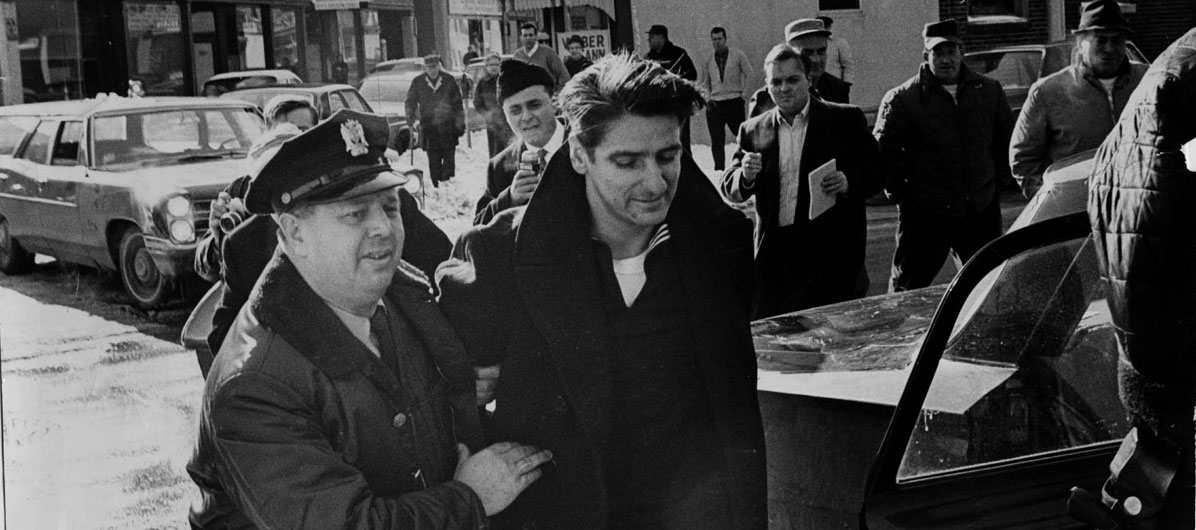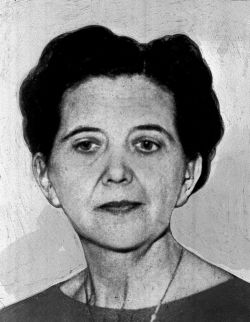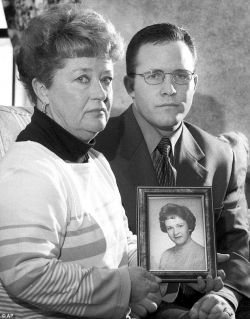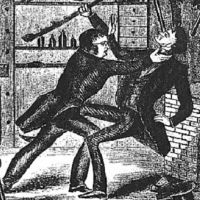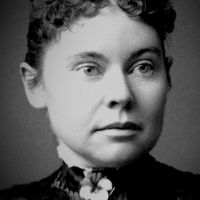Primary Source
“Police Working Without Result on Stranglings,” Boston Globe, July 8, 1962.
The search for a strangler of middle-aged women—perhaps three men—continued fruitlessly last night.
The effort was pressed in Boston by police of five divisions, but the unsolved murders of a Back Bay woman June 14 and a Brighton woman last Saturday were not noticeably nearer solution.
Lynn polices were also involved, because of a strangling there last Saturday.
The victims were 55, 65 and 68 years old. All were strangled with pieces of their own clothing. All lived alone and were normally suspicious of unknown visitors. Neighbors said they kept their doors locked, opening them only to friends.
Yet all were quietly murdered in the privacy of their homes, with no outward signs of disturbance noticed in the neighborhood.
An enormous number of clues has only further confused investigators, so that one official said yesterday he was operating on the theory that at least the Boston and Lynn Murders were by different men, their methods of killing a grim coincidence.
Police admitted that, however many men are involved, one or more dangerous and perhaps psychopathic killers remain at large in Greater Boston. The strain from this fact was apparent in the faces of the detectives at their work, as well as in the voices of the many women who called headquarters during the week with complaints of prowlers.
Police received two calls Friday from residents of Commonwealth av., Brighton, who reported that a man rang their doorbells and, when queried over apartment intercom systems, said he wished to speak “only to single, Christian women.”
No trace of the man was found, though the area was scoured. At almost the same time a Lynn woman received a phone call.
“This is the strangler,” a muffled voice said. “You’re next.”


